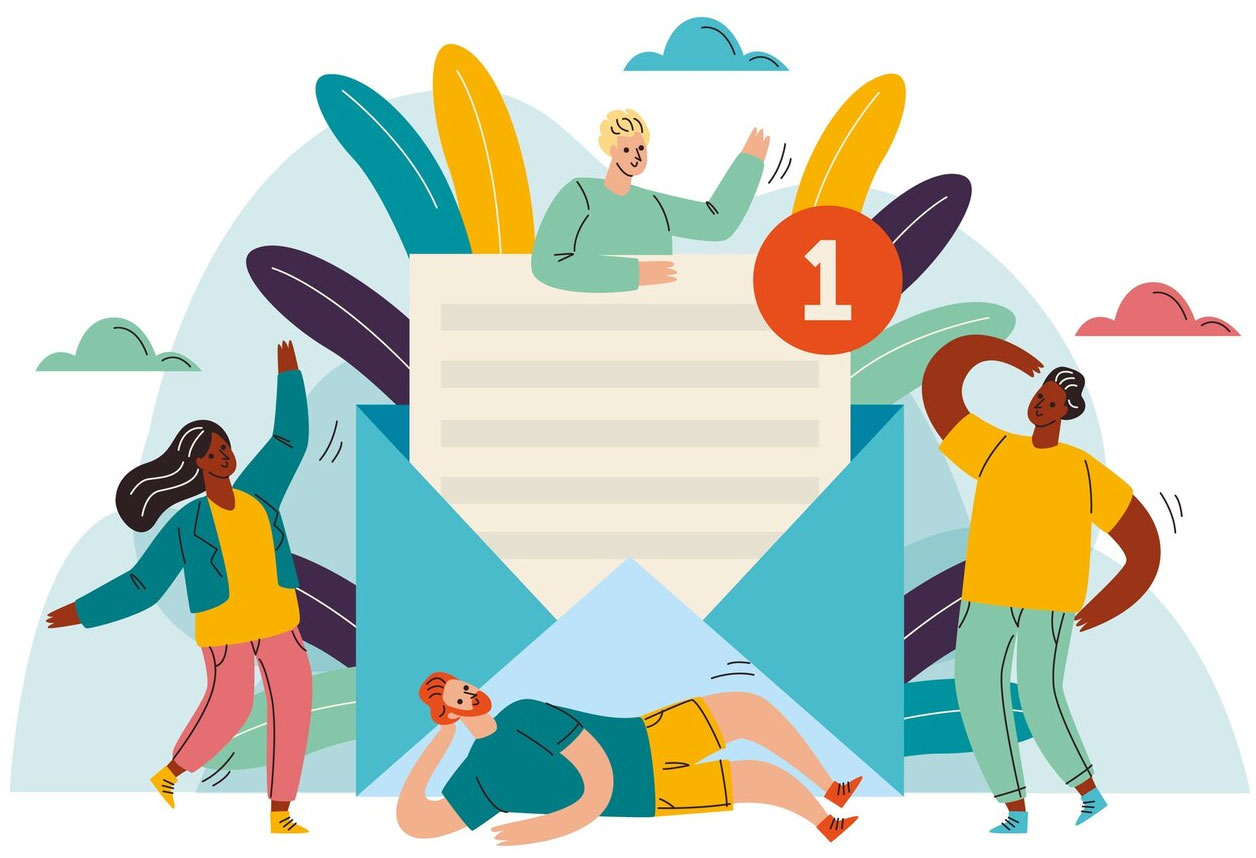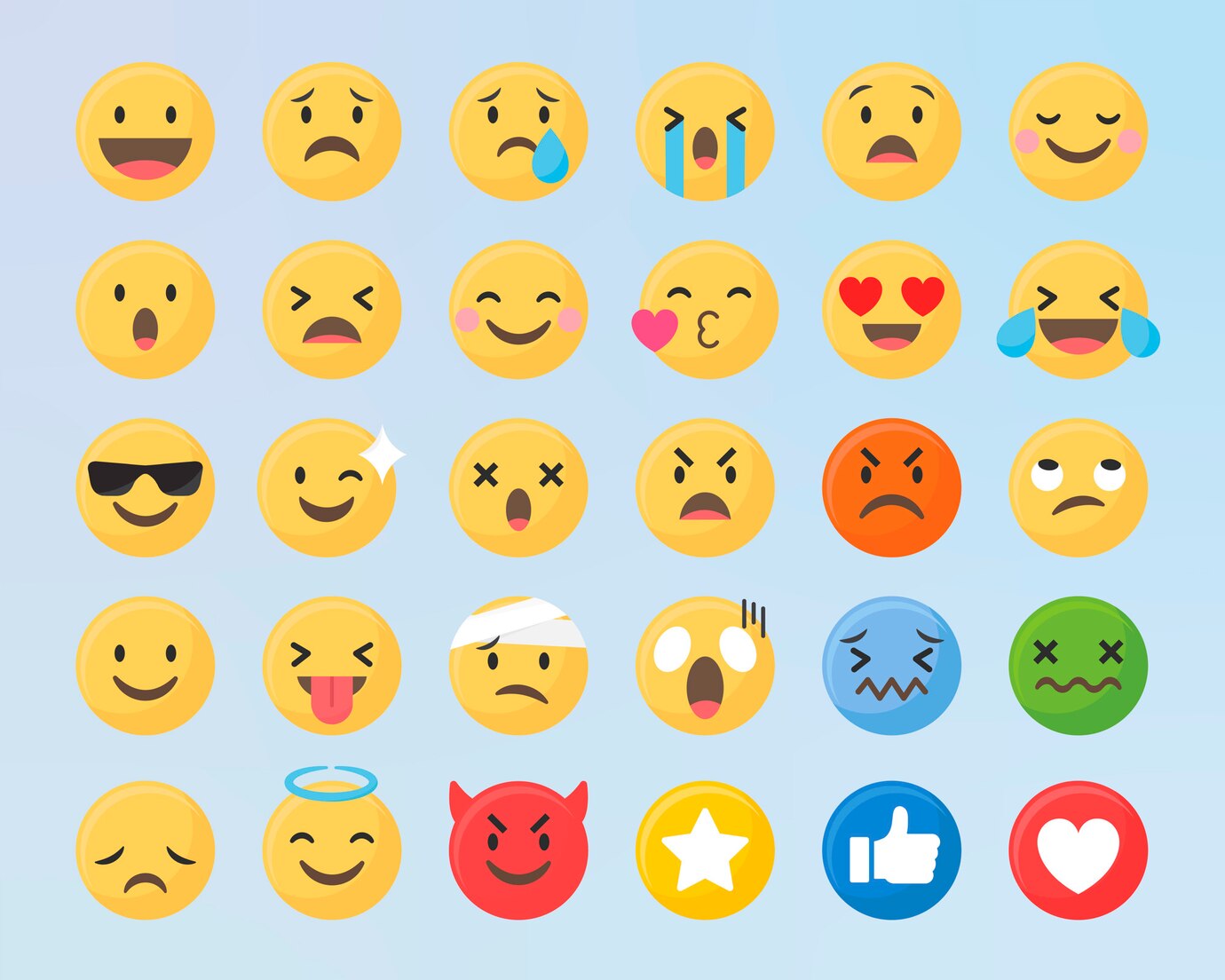Did you know that 47% of people who get emails base their decision to open them only on the subject line? A few words can greatly impact the success of your email marketing campaigns, as this shocking figure demonstrates. Having a catchy subject line is advantageous and necessary when inboxes are oversaturated with communications.
Your email’s subject lines act as its gatekeepers. In addition to generating curiosity, a captivating subject line persuades the receiver to click through, which directly impacts your open rates and, ultimately, the efficacy of your email marketing campaigns. Because of this, marketers who want to increase engagement and conversion rates must become experts at crafting effective subject lines.

Our specialty at Email Engagement Pros is creating attention-grabbing email subject lines that increase open rates. Our in-depth knowledge of sophisticated subject line techniques empowers marketers to connect successfully with their target audience.
Understanding the Psychology Behind Subject Lines
The craft of creating effective email subject lines lies in understanding the human psyche—what motivates a person to take action and what keeps them engaged. Key psychological principles such as urgency, curiosity, fear of missing out (FOMO), and personalization are instrumental in designing subject lines that prompt users to click.

- Urgency: One effective tactic is to use an email subject line that conveys a sense of urgency. It forces recipients to take immediate action out of concern that they will lose out on something significant or advantageous. Because they communicate a time-sensitive message that requires urgent attention, phrases like “Limited time offer” or “Hurry, ends soon!” can effectively increase open rates.

- Curiosity: People are inherently inquisitive. Subject lines that hint at information without giving too much away can persuade readers to open an email. For example, beginning a subject line with “You won’t believe what we’re offering…” can increase open rates by generating adequate intrigue. To avoid losing your audience’s trust, the email’s content must live up to the promise stated in the subject line.
- Fear of Missing Out (FOMO): This idea appeals to the worry that others who are not present may enjoy fulfilling experiences. Phrases like “Join 5000+ others” or “Don’t miss out on our exclusive webinar” are examples of FOMO-focused subject lines that emphasize an offer’s popularity and limited availability, urging the recipient to participate out of fear of missing out.
- Customization: Implementing customization strategies like mentioning the recipient by name or their most recent actions can considerably raise open rates. This tactic increases the email’s relevance to the recipient’s circumstances or interests by making it feel more like a one-on-one discussion than a broadcast message.
- Emotional Triggers: Emails that generate strong feelings can be compelling. When worded correctly, it can elicit feelings like happiness, excitement, and even moderate worry, which might affect the recipient’s actions. A favorable relationship with the audience can be fostered by using emotional triggers ethically consistent with the brand’s mission.
- Relevance and Context: The subject line should relate to the receiver’s requirements or circumstances. This relevance can be attained by segmenting email lists and customizing communications to fit the interests and habits of various groups. For instance, sending a customized promotion based on browsing or previous purchases can give the impression that the email was created just for the recipient.
- Clarity vs. creativity: Creativity shouldn’t come at the expense of clarity, even while inventiveness might make your email stand out. A clear and simple subject line frequently performs better because it establishes the proper expectations for the content of the email. However, if the content doesn’t meet the expectations it creates, a creative but vague subject line could initially spark curiosity.
By striking a balance between these psychological concepts and your understanding of your audience’s preferences and behaviors, you can create email subject lines that grab attention and turn it into meaningful interactions.
Analyzing Current Trends in Email Subject Lines
Keeping up with current subject line trends is essential for sustaining strong engagement rates. Let’s examine how modern trends, from personalization to the clever use of emojis, influence how marketers create email campaigns.
- Personalization: Adding the recipient’s name to the subject line is no longer the only way to personalize an email. Marketers are using advanced data analytics to incorporate more individualized information like location, previous purchase patterns, and even browser history. A subject line that reads, “John, check out these hand-picked products just for you!” or “Jane, your favorite band is coming to Chicago!” for example, draws attention to the email and makes it more relevant, which greatly raises open rates. Because of this customized approach, every email feels more like a personalized communication than a bulk blast.

- Brevity and Clarity: The need for succinct and clear communication is increasing as inboxes get more congested. To create succinct and direct subject lines, marketers are eliminating unnecessary words. Subject lines that are clear and concise, such as “Sale Ends Tonight” or “New Blog Post,” let the recipient know exactly what to expect. This tendency toward conciseness respects the recipient’s time and successfully vies for their attention in a crowded inbox of emails.
- Emoji Usage: Using emojis in subject lines can help emails stand out and swiftly express feelings or thoughts. They can boost open rates and give a personal touch, particularly to younger audiences. Their efficacy, however, differs significantly throughout industries. A cheerful face, for example, might be appropriate in a fashion retailer’s advertising email but not in a somber business newsletter. Before choosing to use emojis in your subject lines, it’s important to comprehend your audience and industry standards.
- Question-Based Lines: Using a question in the subject line can engage the recipient’s curiosity and encourage them to look for answers within the email. Questions that elicit thought and inspire interaction, such as “Are you prepared to reach your fitness goals?” or “Do you know the latest trends in digital marketing?” are effective tools for raising open rates.
- Using Lists and Numbers: It has been demonstrated that using lists and numbers in subject lines draws readers in by providing them with measurable, unambiguous reasons to interact with the content. For instance, “Top 10 Destinations for 2024” or “5 Tips to Improve Your SEO” give a sneak peek at the content of the email and establish expectations. The promise of a brief, educational read makes this format very alluring, and busy recipients frequently find it impossible to resist.
These patterns demonstrate how important it is to understand your audience and their email response environment. By coordinating your subject lines with these popular trends and regularly evaluating their efficacy, you can ensure that your email marketing efforts stay current and relevant, increasing engagement and open rates.
What Works in Various Industries
Effective email subject lines vary significantly across different industries, each tailored to specific audiences and business goals. By examining successful case studies from the e-commerce, B2B, services, and nonprofit sectors, we can glean insights into crafting subject lines that resonate and drive engagement.
- E-commerce: Urgency and exclusivity work well in fast-paced e-commerce. Flash sale advertisements like “24-Hour Flash Sale: 50% Off All Items!” drive subscribers to act swiftly. Subject lines like “Just Dropped: Exclusive Sneaker Collection Available Now!” thrill and satisfy the urge to be first. Cart abandonment possibilities include tailored “Forgot Something?” reminders. Your Cart is Waiting!” encourages customers to buy.

- B2B (Business to Business): B2B communications emphasize value and professional progress. Business professionals seeking skill improvement will welcome webinar invites like “Join Our Free Webinar on Innovative Marketing Tactics.” Data-driven topic lines like “2024 Industry Forecast: Key Trends and Predictions” showcase industry studies. For networking events, “Exclusive Invite: B2B Networking Event for Industry Leaders” can generate a sense of exclusivity and professional networking.
- Services (Healthcare, Education, etc.): Clear, informative topic lines promote service industries. An appointment reminder can read, “Appointment Reminder: Your Check-up on [Date] at [Time].” Direct appeals like “Enroll Now: Limited Spots Available in Our Certified Data Science Course” stress urgency and instructional value for educational course enrollments. Service alerts, such as “Service Alert: Upcoming System Maintenance on April 5th,” can be simple.
- Nonprofit: Emotional and impactful topic lines work well for nonprofits. Fundraising campaign emails may prompt action with “Help Us Reach Our Goal – Only $500 Left!” Share success stories with subject lines like “See How Your Contribution Makes a Difference,” which connect contributors to their giving. Questions like “Ready to Make a Difference?” promote volunteerism. Come Help Us!”
- SEO Integration: In these circumstances, using SEO-friendly phrases like “flash sale,” “webinar,” “course enrollment,” and “fundraising” helps emails resonate with the intended audience and perform well in related searches. Clear, actionable subject lines target emails to user intent, increasing open rates and engagement.
By evaluating these various examples, marketers may learn how to write subject lines that fit their audience’s requirements and interests, increasing open rates and email campaign performance.
Tips for Crafting Effective Subject Lines
Creating subject lines is both art and science. Here are five recommendations for writing engaging and converting subject lines:
- Know Your Audience: Understand your audience’s values, needs, and expectations. To customize your email messaging, segment by demographics, prior actions, and interaction patterns. Younger readers may favor contemporary language and emoticons, while professional B2B audiences may prefer benefit-driven subject lines. Personalizing emails to audience interests enhances open rates.

- Clarity Over Cleverness: Witty subject lines are appealing, but clarity should always come first. Direct, useful subject lines will please your busy subscribers. “Get 20% off your next order – Today Only!” is clearer and more effective than “Miss it and miss out!” The latter is catchy but may impact open rates by not clearly communicating the topic.
- Use Action-Oriented Verbs: Start subject lines with action verbs to attract clicks. “Discover,” “Achieve,” “Start,” “Join,” and “Save” encourage recipients to act, making the email’s aim apparent. For instance, “Join 500 Professionals at Our Networking Event” clearly states the desired action.
- Testing Tone and Style: Audiences vary, so what works for one may not work for another. You can learn what your audience likes by A/B testing different tones and styles. Try a casual versus formal tone to see which gets more open. This method lets you adjust your strategy based on facts, ensuring your communication is always engaging.
- Brand Voice Consistency: Always use your brand’s tone and values in subject lines. Consistency generates credibility. If your brand is professional and informed, use that tone in the subject lines. Let your subject lines reflect your brand’s laid-back or amusing nature. A humorous brand may use a pun, whereas a premium brand may emphasize exclusivity and elegance.
These principles help marketers write email subject lines that grab attention and connect with their audience, improving open rates and email campaigns.
How to A/B Test Subject Lines Effectively
Finding the email subject lines that get the highest open rates requires the use of A/B testing. Here’s how to successfully carry out these tests:
Establishing Specific Goals: Before you begin, establish the parameters for your campaign’s success. This might mean more conversions or greater click-through rates, but it could also mean higher open rates. Testing is more focused when there are clear objectives.

Selecting Testing Variables: Choose the aspects of the subject line that you wish to test. This could include the tone (casual vs. official), the use of emojis, the personalization, or specific words or phrases that convey urgency.
Analyzing Results: Send out your variations to a statistically significant subset of your list using email marketing platforms that facilitate A/B testing. Monitor each variation’s performance using click-through rates, open rates, and other pertinent indicators.
Iterative Testing: A/B testing is a continuous process rather than a one-time event. Introduce changes to your subject lines and try again based on the results. This iterative approach continuously increases your email marketing’s efficacy.
FAQs
Q1: How often should I test my email subject lines?
A: Regularly. Consider testing with every campaign if possible, to continually refine and improve your strategies based on current data.
Q2: How many people should I include in my A/B test for reliable results?
A: This depends on your total list size, but typically a few hundred to a few thousand per variation can provide meaningful insights.
Q3: Can I A/B test more than two subject lines at once?
A: Yes, some tools allow you to test multiple variations simultaneously, which can provide richer insights faster.
